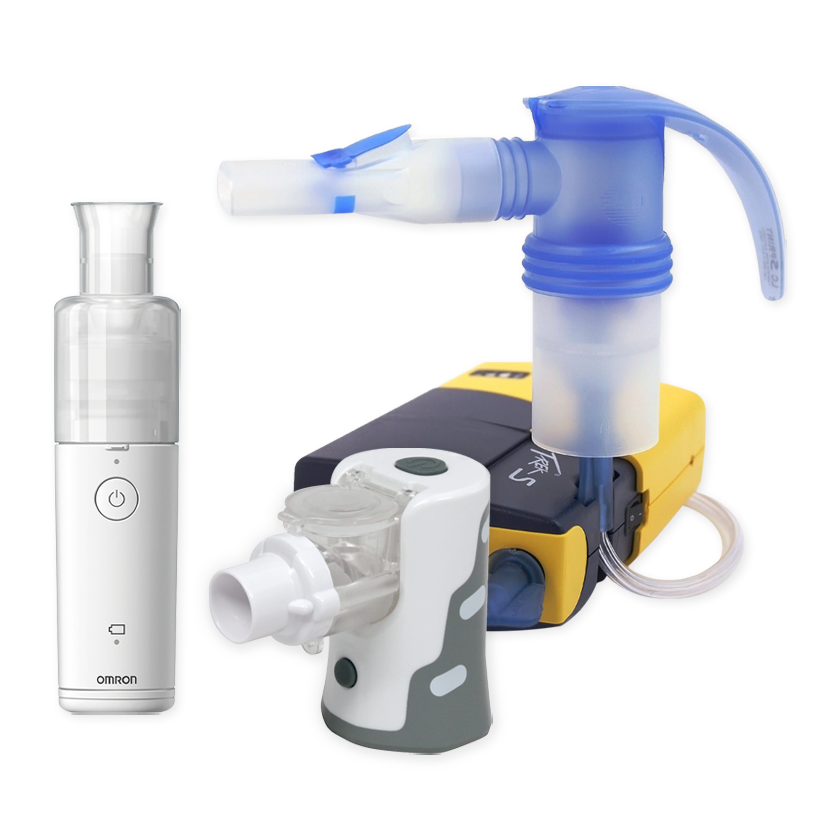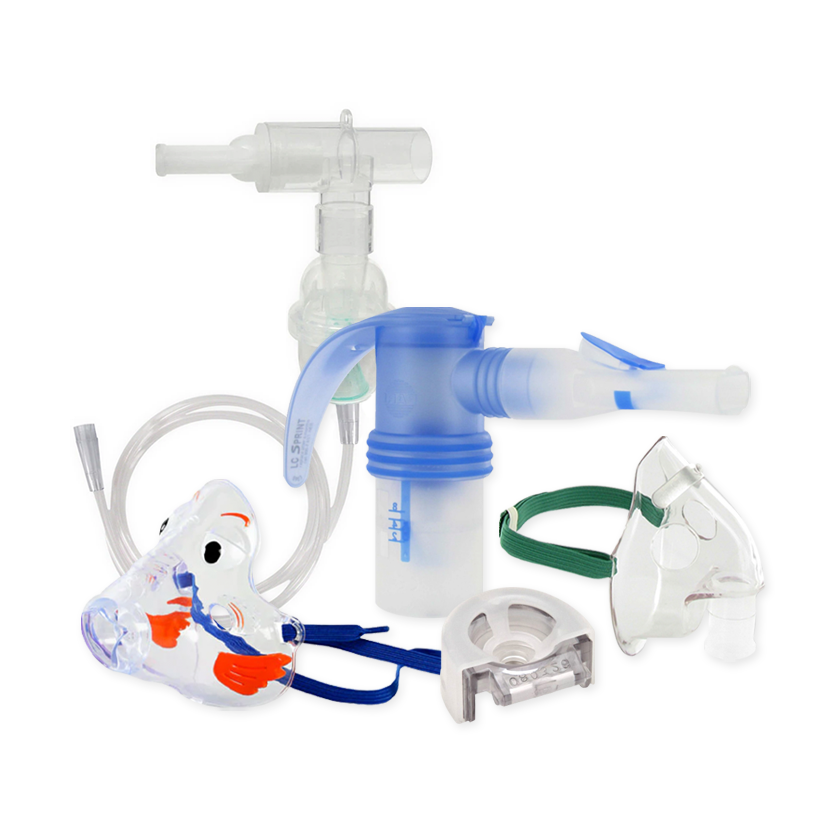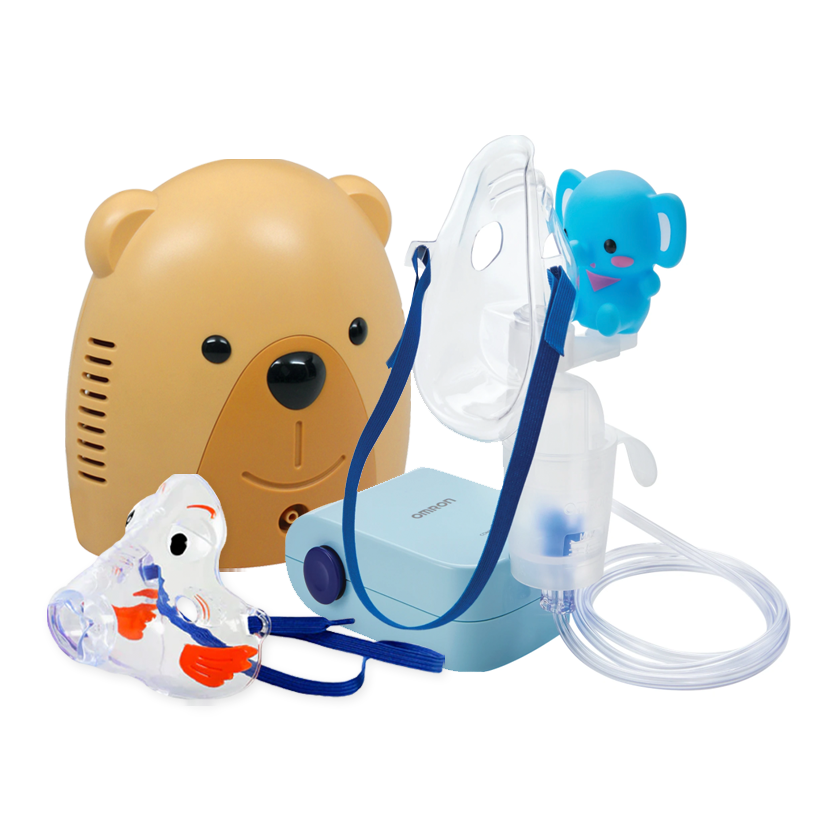Your Cart is Empty
Free Shipping on all orders over $75! Plus, free express shipping on select items.
Menu

Free Shipping on all orders over $75! Plus, free express shipping on select items.
Nebulizer Systems
Travel Nebulizers
Nebulizer Accessories
Just For Kids
Oxygen Supplies
Scientists Explore Asthma Subtypes
September 03, 2015 2 min read
The traditional way to classify diseases was by their symptoms. But more and more, doctors and scientists are looking at the biological mechanisms that cause the symptoms, and not just the symptoms themselves. This has lead some scientists to believe there are different subtypes of asthma which, though they may have similar symptoms, are caused by different mechanisms and would benefit from different treatments.
This could explain why even though most asthma patients respond well to inhaled steroid treatments taken by nebulizer or inhaler, 10% do not. It could also explain why for years in clinical drug trials a certain percentage of patients might respond well to a drug while others show no change.
In a recent publication, David F. Choy and his colleagues outlined three subtypes of asthma--
-
Patients whose T helper 2 (Th2) cells have an inflammatory response.
-
Patients whose T helper 17 (Th17) cells have an inflammatory response.
-
Patients who don’t have a Th2 or Th17 inflammatory response.
There was a fear that Th2 and Th17 inflammatory responses worked like “whack-a-mole” as one of the publication’s coauthors, Dr. Joseph R. Arron, put it. “If you knock down the Th2 response, the Th17 pops up, and if you knock down Th17 with something else, then the Th2 will pop back up.” A later experiment on mice confirmed this to be the case. It also showed that the most effective way to suppress inflammation was to inhibit both Th2 and Th17 responses at the same time.
All this new data will hopefully benefit asthmatics in the future. But first scientists need to develop new treatments and efficient ways to diagnose what subtype of asthma a patient has.
Subscribe
Sign up to get the latest on sales, new releases and more …

NEW CUSTOMERS SAVE 10% OFF YOUR FIRST PURCHASE OF $20 OR MORE.
Code will be sent to email entered if applicable
SIGN UP FOR FUTURE SALES, NEW PRODUCTS AND ANNOUNCEMENTS
{"themeColor":"#061f77","iconColor":"#061f77","showLogo":true,"topBottomPosition":0,"rightLeftPosition":5,"iconSize":"large","iconCustomSize":64,"position":"middle-right"}



